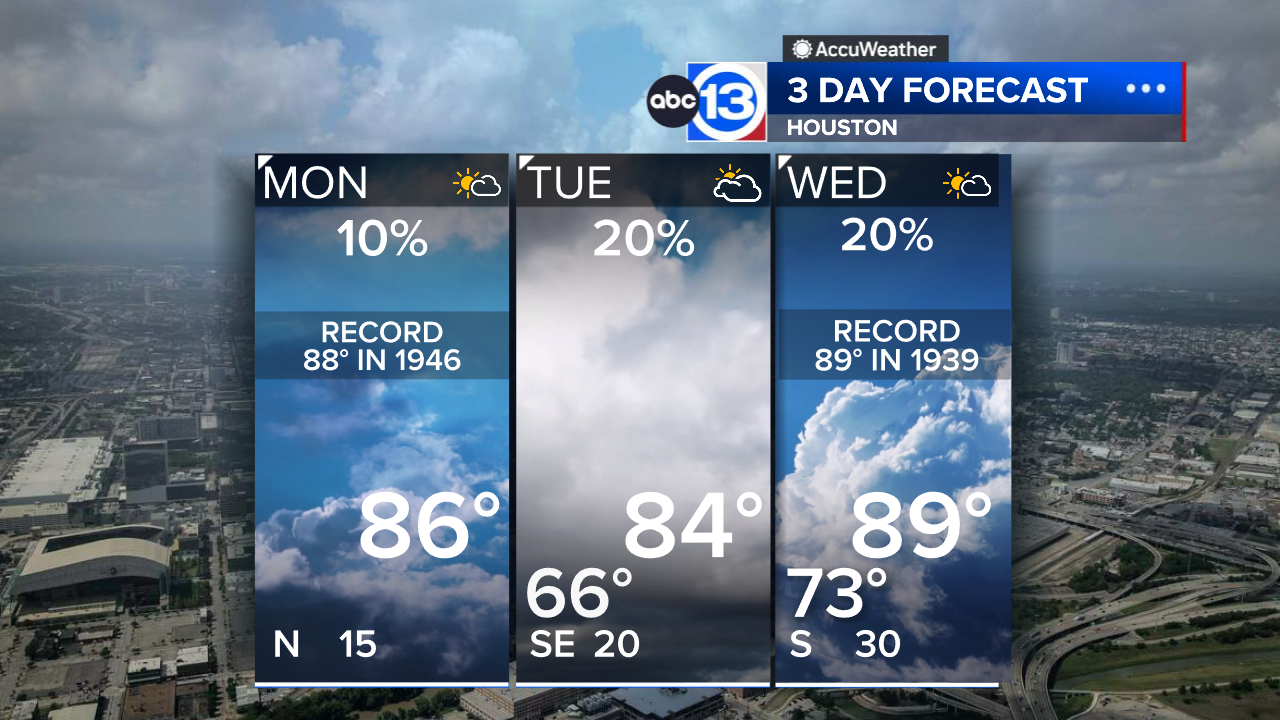Red tide found present in multiple regions of Texas Coast, TPWD says
Red tide happens when colonies of algae grow out of control while producing toxic or harmful effects, NCCOS said.

AUSTIN, Texas (KTRK) -- The Texas Parks and Wildlife Department is working with other agencies to monitor a red tide event along the upper Texas coast.
According to the National Centers for Coastal Ocean Science, red tide is a common term used for a harmful algal bloom. The blooms occur when colonies of algae grow out of control while producing toxic or harmful effects on people, fish, shellfish, marine mammals, and birds.
The video above is ABC13's 24/7 Livestream.
This is the first case in Texas since 2018.
According to TPWD, the presence of red tide on the upper coast was confirmed on Sept. 3 at a monitoring station near Freeport. Low-to-moderate concentrations of red tide were detected near Freeport and the Texas City Dike.
The bloom is expected to have caused fish kills at San Luis Pass, Surfside Beach, and Quintana/Freeport Channel, the TPWD said.
People who were near the water during red tide may experience irritation of the eyes, nose, and throat, as well as coughing, wheezing, and shortness of breath. Anyone with an existing respiratory illness, such as asthma, may experience the symptoms more severely.
The wildlife department urges anyone with concerns or experiencing symptoms to consult a physician.
For more updates on red tide, visit the Wildlife Department's website.









